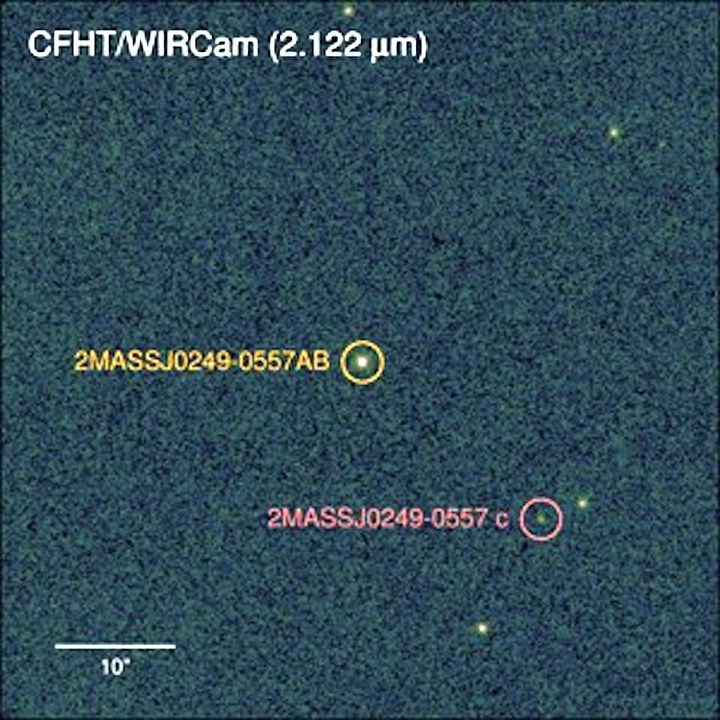18.07.2018

When it comes to extrasolar planets, appearances can be deceiving. Astronomers have imaged a new planet, and it appears nearly identical to one of the best studied gas-giant planets. But this doppelgänger differs in one very important way—its origin.
“We have found a gas-giant planet that is a virtual twin of a previously known planet, but it looks like the two objects formed in different ways,” said study leader Trent Dupuy, astronomer at the Gemini Observatory on Hawaiʻi Island who earned his PhD at the Institute for Astronomy (IfA) at the University of Hawaiʻi.
Emerging from stellar nurseries of gas and dust, stars are born like kittens in a litter, in bunches and they inevitably wander away from their birthplace. These litters comprise stars that vary greatly, ranging from tiny runts incapable of generating their own energy (called brown dwarfs) to massive stars that end their lives with supernova explosions. In the midst of this turmoil, planets form around these new stars. And once the stellar nursery exhausts its gas, the stars (with their planets) leave their birthplace and freely wander the Galaxy. Because of this exodus, astronomers believe there should be planets born at the same time from the same stellar nursery that are orbiting stars that have moved far away from each other over the eons, like long-lost siblings.
“To date, exoplanets found by direct imaging have basically been individuals, each distinct from the other in their appearance and age. Finding two exoplanets with almost identical appearances and yet having formed so differently opens a new window for understanding these objects,” said Michael Liu, IfA astronomer and a collaborator on this work.
Dupuy, Liu and their collaborators have identified the first case of such a planetary doppelgänger. One object has long been known, the 13-Jupiter-mass planet beta Pictoris b. The new object, dubbed 2MASS 0249 c, has the same mass, brightness and spectrum as beta Pictoris b.
Using the Canada France Hawaii Telescope, researchers determined the planets were born in the same stellar nursery. On the surface, this makes the two objects not just look-alikes but genuine siblings.
However, the planets have vastly different living situations, namely the types of stars they orbit and their distances from their hosts. These drastically different arrangements suggest that the planets’ upbringings were not at all alike.
This work has been posted to the ArXiv and is accepted for publication in the Astronomical Journal.
Quelle: University of Hawaiʻi
